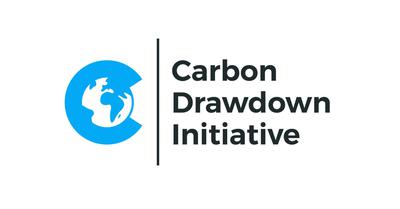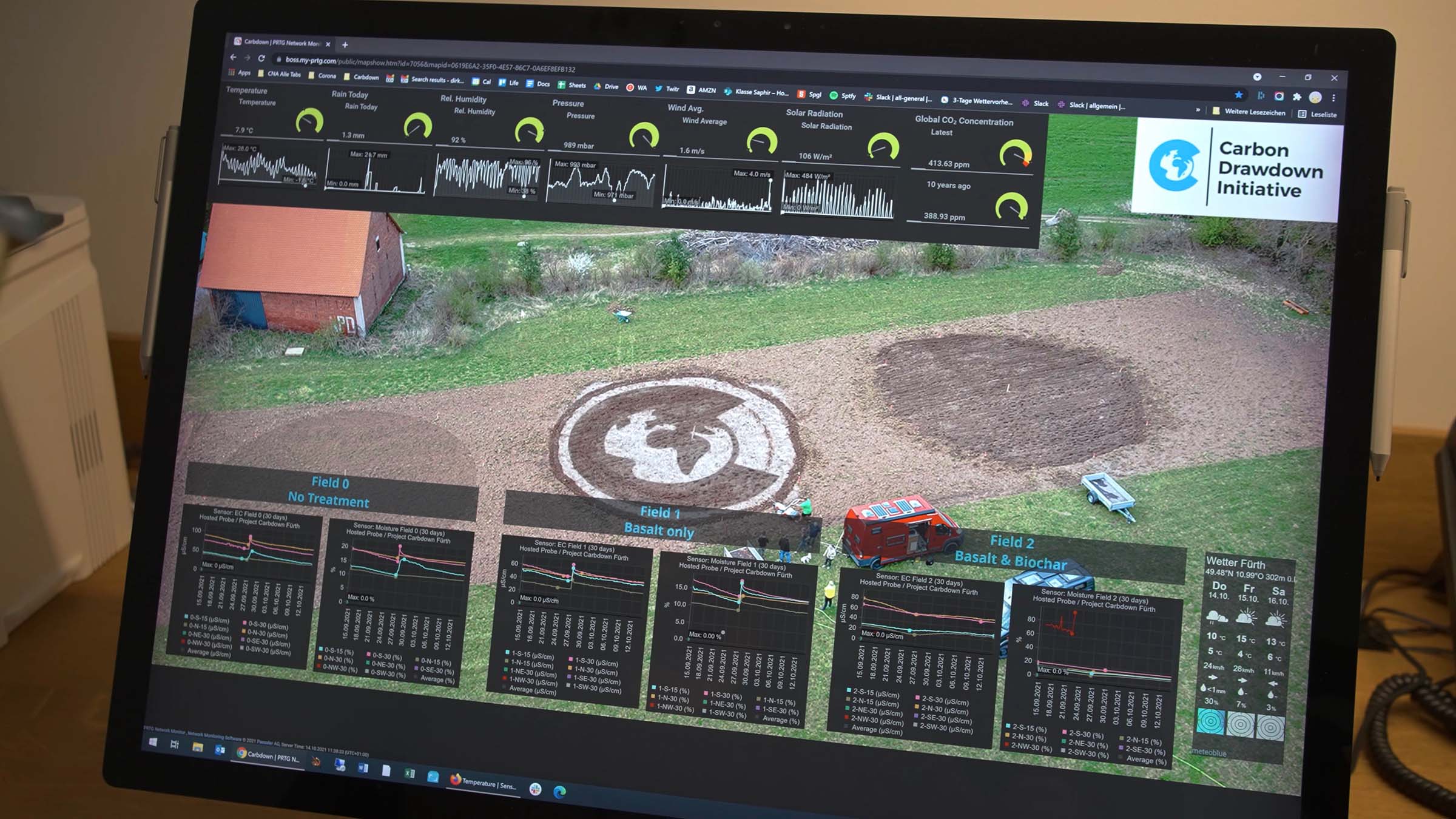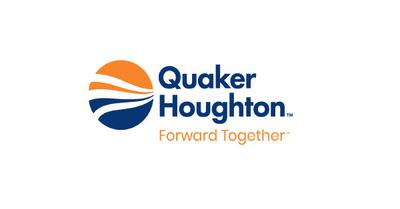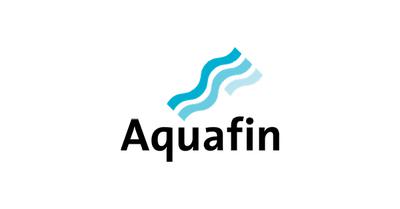Paessler PRTG supports the Carbon Drawdown Initiative in generating negative emissions
About Carbon Drawdown Initiative
The Carbon Drawdown Initiative GmbH was founded in January 2020 and is focused on promoting research, public discourse, and impact investment in the field of “negative emissions”. This involves the removal of carbon from the atmosphere with subsequent long-term storage of that carbon. This CO₂ removal is crucial to counteracting climate change by achieving “net zero”. This is especially important considering that certain emissions are difficult to avoid and will continue to occur in the future. The next step would then be to reverse the impact of historical emissions to bring current temperatures back down. If this does not happen, the excessively warm climate will continue for millennia.
In addition to public discourse, political work, and early investment in start-ups with innovative concepts for CO₂ removal, the Carbon Drawdown Initiative also launched its own Enhanced Weathering project: “Project Carbdown” is being implemented by a network of technology companies in the Nuremberg metropolitan region and renowned scientists from various international universities, including the Alfred Wegener Institute and the universities of Hamburg and Wageningen.
Enhanced Weathering Project,
“Project Carbdown”
The focus of the collaboration is research into accelerated weathering on arable land – a method of generating negative emissions. This involves adding ground rocks (such as basalt), which react with CO₂ in the air upon contact, to arable soil. Since natural weathering would take thousands of years – too slow to have the rapid impact needed to reduce global warming – methods to significantly accelerate this chemical reaction will be explored. These include, for example, the use of different grain sizes, various crop types, or other soil additives such as biochar.
The aim is to develop a measurement method that records the amount of CO₂ collected per hectare of arable soil. On this basis, farmers could be enabled to participate in emissions trading in the long term. The project is financed by foundation funds. “Monitoring will help us understand which parameters influence the chemical reactions of basalt with CO₂ in the soil. The monitoring data is an important basis for subsequent analysis and comparison with other values such as laboratory measurements,” says Dirk Paessler, founder and CEO of the Carbon Drawdown Initiative GmbH.
“PRTG Hosted Monitor provides us with a good overview of the reactions and products of those reactions in the soil by displaying soil and weather data from connected sensors. It also incorporates data transmitted from other measuring systems and laboratory data. Initial learnings have already been derived from this data pool: The biggest challenge in measuring weathering – which can easily be done in a laboratory – is the high variability of natural and environmental influences in an outdoor area.”
Dirk Paessler, Founder and CEO of the Carbon Drawdown Initiative GmbH
Learn more about “Project Carbdown”
Carbon Drawdown Initiative plans to use PRTG to store and analyze data for the long term
In spring 2021, the Carbon Drawdown Initiative spread ground basalt and olivine rock on four fields in different countries in Europe - a total of 40 tons per hectare. In addition, hundreds of sensors were buried in the soil to record the chemical reaction of the rock flour with the soil as well as precipitation amounts and weather conditions. Since then, the data has been sent via middleware to and collected in PRTG Hosted Monitor every twenty minutes for later analysis. The goal is to do this for hundreds or even thousands of fields in the coming years using networked electronic sensors and an automated measurement and monitoring system. In this way, scaling up for accelerated weathering on croplands should become possible.
Dirk Paessler, who also founded Paessler AG 25 years ago, comments: “Only the automated measurement via PRTG using low-cost sensors keeps the door open for us to possibly scale the project up at a later stage. This is the only way we can identify the measured values for a determination of negative CO₂ emissions, not only for a few fields, but also for many more areas in the future. With conventional laboratory methods, this scaling would be impossible.”

Thousands of metrics collected daily
500 measured values * 24h * 3 time points = approx. 40,000 data points
In addition to chemical data such as the soil’s pH value or conductivity, PRTG also collects weather data such as solar radiation, the precipitation amount and the temperature of the soil and air. In the subsequent analysis, this data is combined and evaluated with data determined by other measuring systems and laboratory analyses. This is also the reason why the decision was made in favor of the cloud-based Paessler PRTG solution – the other systems are also located in the cloud, which makes integrating them particularly easy.
Thousands of data points are collected every day. Based on them, the progress of the weathering of the rock flour in the arable soil will be demonstrated within the next two years.
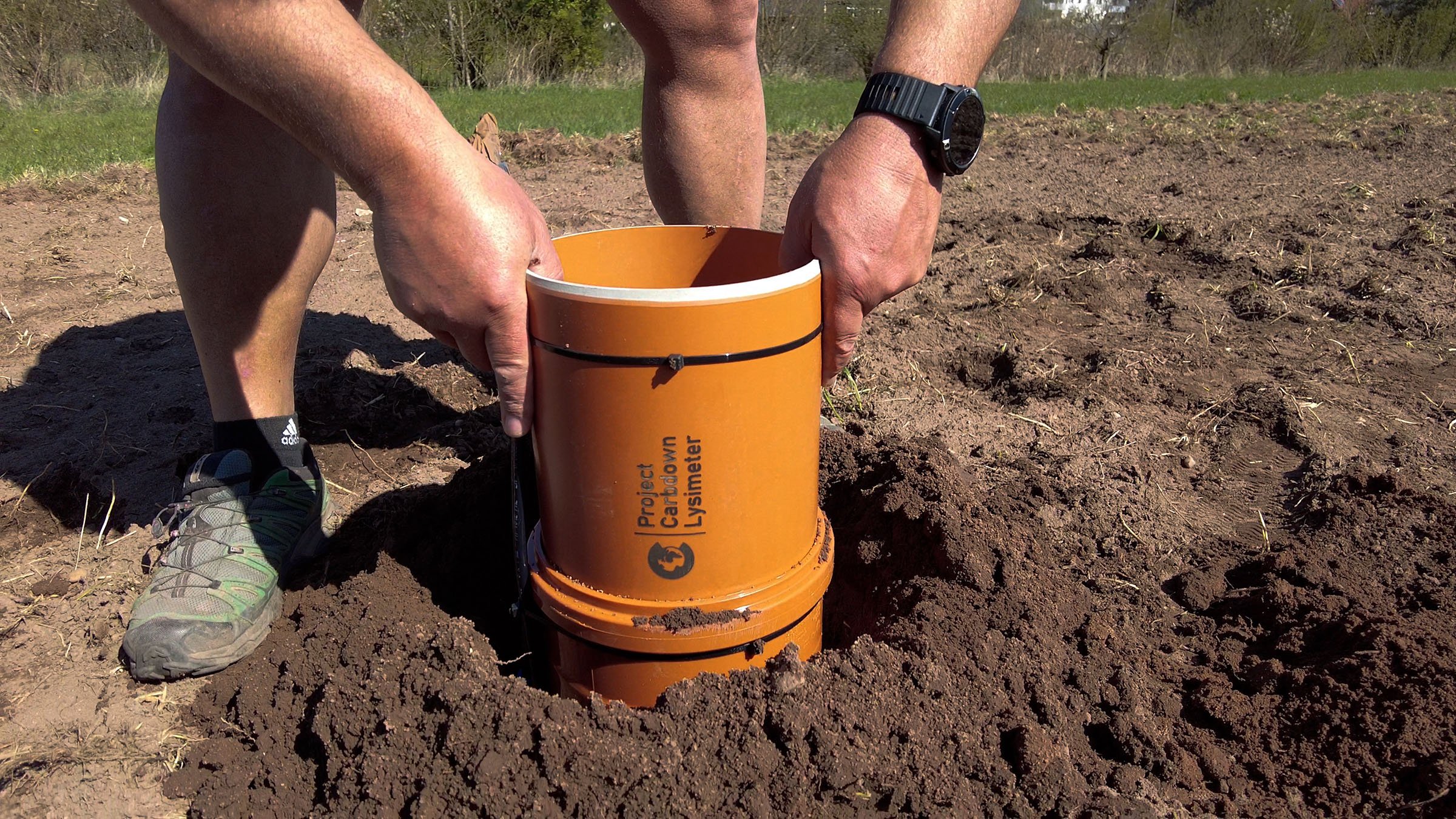
The data is delivered by sensors buried in the ground and then transmitted via LPWAN technology. Middleware decodes the incoming data streams from the LoRaWAN sensors and forwards the data to PRTG. The sensor landscape is heterogeneous, using technologies and hardware from different manufacturers that were previously selected specifically for the project by the Paessler project management team and implemented together with their partner, AlphaOmega Technologies.
While the Carbon Drawdown Initiative team was responsible for putting the sensors in the ground, Paessler was responsible for developing the interfaces, connecting the middleware, and commissioning the software.
The challenge: All data collected by the various sensors must be consolidated in PRTG in such a way that it can be compared with the data collected in the laboratory. The data currently recorded includes precipitation, wind speed, temperature, soil moisture, pH value, soil conductivity, air pressure, and solar radiation.
The first step towards sensor-based agriculture
The interaction between PRTG and the middleware is smooth because the middleware proactively transfers the required data to the monitoring solution in a targeted manner. The data can then not only be viewed in the dashboard, but also be exported at any time – including historical measurement data.
In addition to the goal of determining the amount of CO₂ extracted per hectare, the use of sensors in conjunction with PRTG is also conceivable for implementing automatic irrigation, fertilization, growth monitoring, effort estimations, or protective measures. For example, alarms could be triggered if the soil is too dry or if there is an insect infestation. Optimizing the quantities of water, fertilizer, and pesticides used based on the actual needs has both economic and ecological benefits.
By building on an understanding of the interactions in the biosphere, productivity can be significantly increased through optimized processes based on comprehensive data – just as CO₂ reduction certificates may soon be introduced.
PRTG is thus a small but important building block in the overall data collection concept of “Project Carbdown”.
Get to know more happy PRTG customers
Customer success story Quaker Houghton & PRTG
Where Quaker Houghton previously had to look for a pin in a haystack, they can now immediately see and report with PRTG what’s not working. ➤ Read the complete customer success story now!
Customer success story Lord Wandsworth College & PRTG
PRTG has been integral in shifting Lord Wandsworth College's ticketing away from a system where users report issues towards a proactive approach. ➤ Read the complete customer success story now!
Customer success story Aquafin & PRTG
Aquafin purifies domestic wastewater and is responsible for sewer system development, which it all monitors with PRTG. ➤ Read the complete customer success story now!
Free Trial
Sign up for a free 10-day trial. Cancel anytime or upgrade to a paid subscription.
